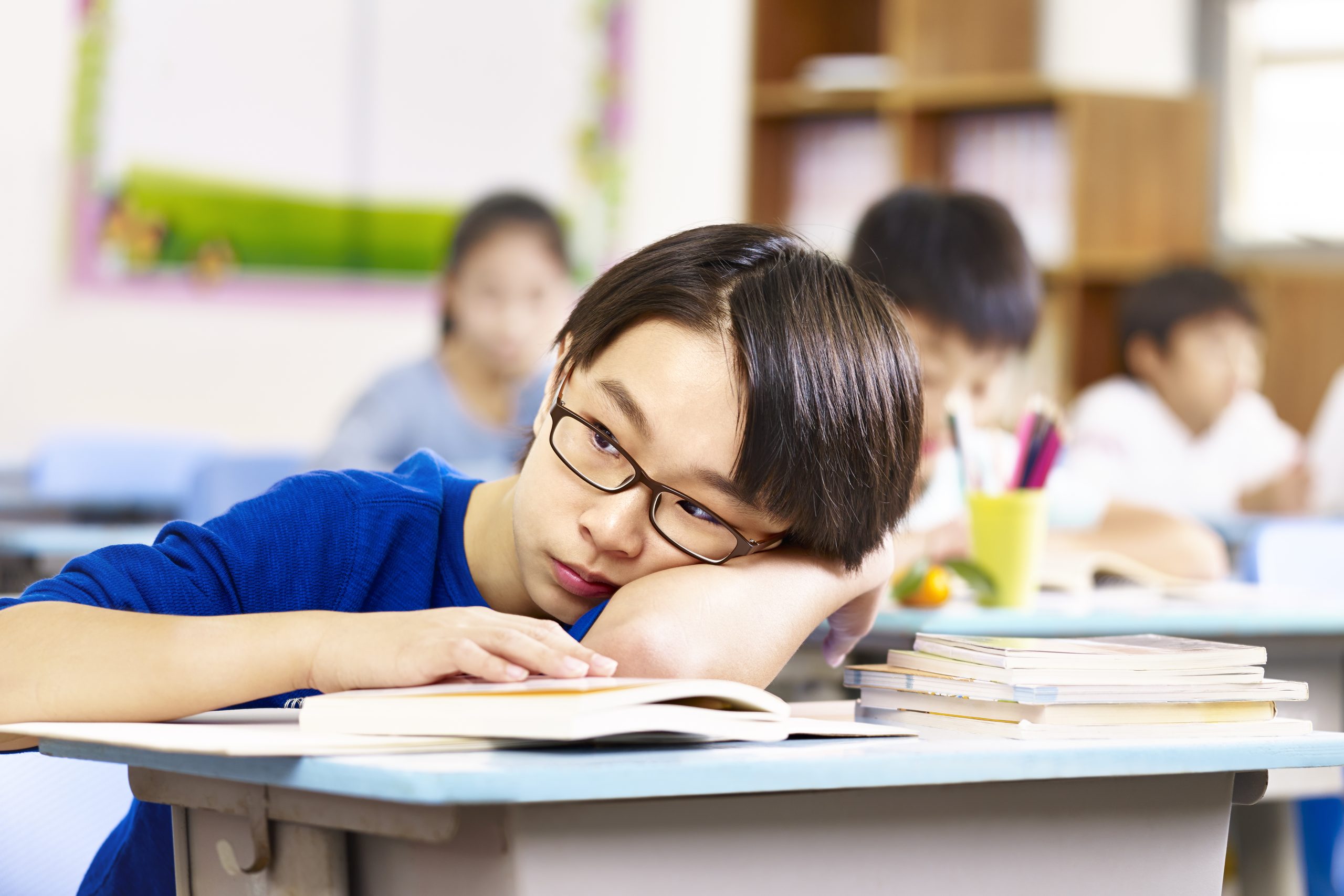I must study politics and war, that our sons may have liberty to study mathematics and philosophy. Our sons ought to study mathematics and philosophy, geography, natural history, naval architecture, navigation, commerce, and agriculture in order to give their children a right to study painting, poetry, music, architecture, statuary, tapestry, and porcelain. – US President John Adams
The latest Program for International Student Assessment (PISA) scores are out for 2018, and once again Korea’s performance declined.
According to the OECD, which administers PISA, in Korea, average reading, mathematics and science scores are roughly the same as they were in 2015 and well below what they were in 2009 and 2012.
What explains the decline? To answer, we have to first understand what was behind the peak scores.
The OECD survey about the school climate in Korea notwithstanding, it was clear from my time in Korea in 2014 (when I was on an Eisenhower Fellowship that enabled me to spend nearly a month studying Korea’s education system) that the strength of its students’ performance was not based on its public schools. I’m certainly not the only one who has observed this.
My conclusion at the time was that Korean students have high educational achievement, not because of Korea’s schools, but often despite them. Students sleep routinely through their classes. The lecture style that teachers employ is not effective enough to keep them awake. And despite the vaunted position teachers have in Korean society, it’s hard to imagine that the teachers are so talented that they can cause their students to learn through osmosis.
Students do spend long hours in self-study after school, which helps undoubtedly, but many tend to excel because their parents spend huge sums to send them to hagwons—a cram school—after the self-studying. In hagwons, students do their “real” learning, teachers, parents, and school leaders told me again and again. The educational experience is far from efficient.
And there is a real societal price to pay, as students are sleep-deprived and unhappy, employers question how ready they are for life and work after leaving school—the College Scholastic Aptitude Test incentivizes memorization at the expense of thinking because of its structure and time limit—and the birth rate has declined markedly in Korea at least in part because of how expensive it is to have children.
If Korea’s schools can’t explain Korea’s past successes, then they are also unlikely to explain its current decline.
As we wrote in “Disrupting Class” in 2008, prosperity can be the enemy of educational success.
When Korea was emerging from the ashes of the Korean War, there was a clear extrinsic motivation that encouraged students to do well academically to lift them and the nation out of poverty. As the country and its families have prospered, however, the external pressure has diminished—just as President John Adams suggested might happen a couple of centuries ago.
Although Korea’s Confucian culture’s emphasis on education has helped it maintain some of its intensity, even in 2014 there were signs that this was beginning to fracture—and that the culture could change.
Students were increasingly attending hagwons focused not on academics, but on things like K-Pop and dance as part of a more balanced, wholesome, and perhaps happier education—an increasing goal of parents I talked to. Just three hagwons focused on things like K-Pop in 2010, but by 2014 there were thousands of these schools.
What changed is that with prosperity in Korean society more assured, there were multiple pathways to success—not just through academics and a top university education. As the manager of one dance hagwon said to me, 10 years ago this would have been unimaginable. But the generation of parents has changed since then. The older generation thought that dance wouldn’t get you anywhere, but the newer does not think like that.
This isn’t to say that most Koreans are abandoning traditional academic hagwons today. Instead, my suspicion is that the pressure has softened some, perhaps only in certain quarters of Korean society; for example, among lower-income students whose parents have perhaps concluded that they just can’t keep up with the high costs of hagwons that more affluent parents are willing to pay.
So what should Korea do about it?
If boosting—or at least maintaining—test scores is important, then the country needs to transform its schools into places where students are intrinsically motivated to spend their time and engage deeply in the learning—as opposed to sleep. That means changing radically how its students learn in ways that employ more active learning and personalize for the different learning needs of different students at different times.
Some schools in Korea have started down this path, but based now on two consecutive PISA reports, it seems it’ll take a lot more to change the outcomes. What’s more, onlookers of any set of scores ought to remember that a country’s culture and school system are dynamic, not static, and exercise some caution around what they conclude about a country’s school system that another country ought or ought not to emulate.


